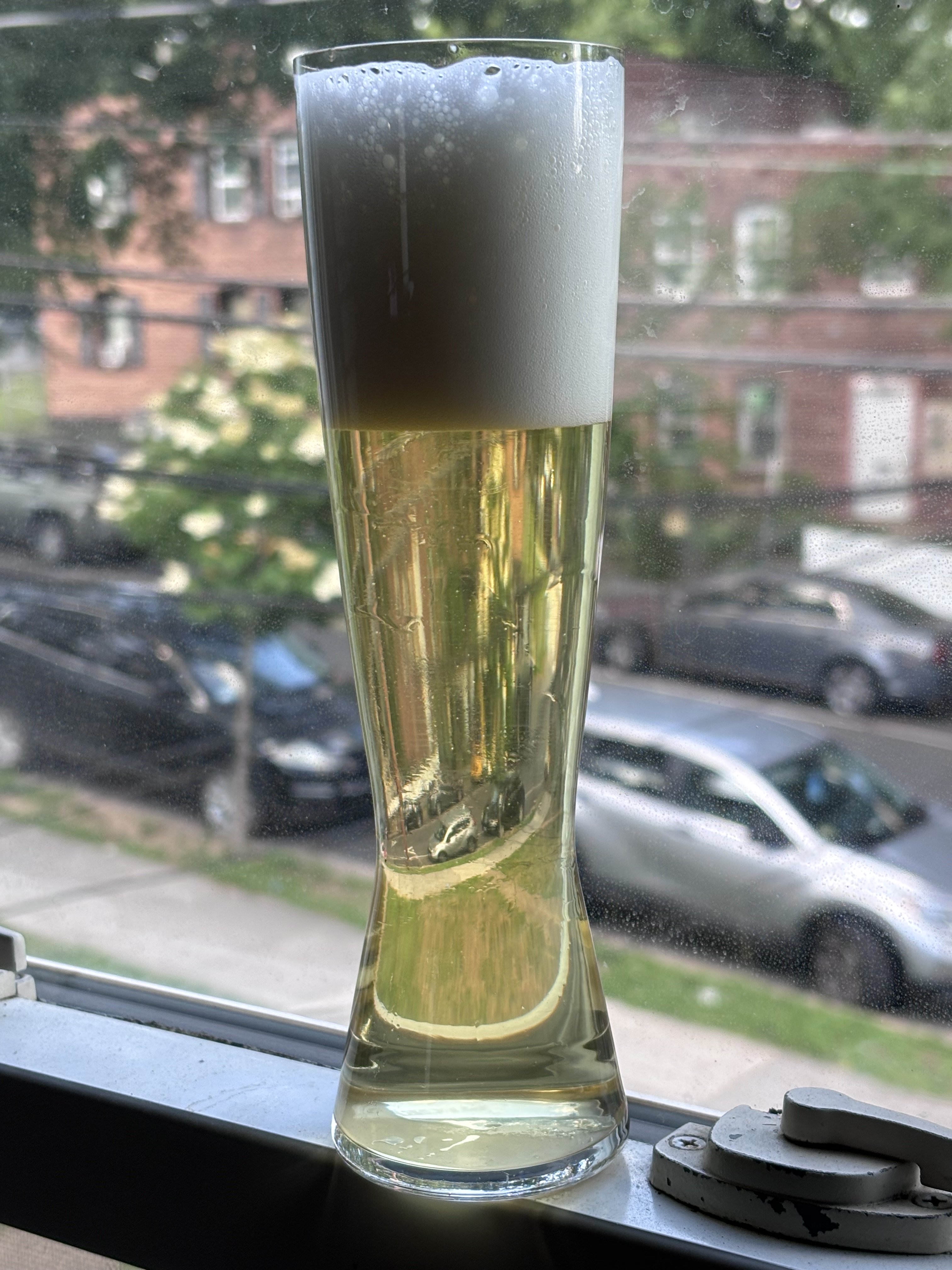Yes, trub build up will be an issue if you go about it that way. Thirty years ago, when I first started experimenting with re-pitching, that seemed like the most elegant way to get the job done. But you do lose a lot of volume to trub build up and you need to pitch ever larger OGs onto your cake to avoid overpitching-derived flaws. It's just not a tenable path forward unless you want to go ordinary bitter to barley wine and you have a huge fermenter, or something like that. There's a use for it, just not a lot of use cases for it.
After decades of iteration, I've settled on something similar to what
@corncob does. However, rather than scooping out a bunch of stuff, then pitching on the remainder, I prefer to use a 1/2 pint Ball jar to scoop out a quantity of yeast and temporarily reserve it. I'll next swirl my fermenter vigorously, then dump the entire contents. Next, I'll rack into the fermenter and pitch the ball jar after oxygenating the wort and dosing it with two drops of zinc. This technique works quite well for lagers. I prefer to top crop ales for dumb reasons, but it also works nicely for ales.
Like
@Bobby, I'm very much on the fence about the claims being made regarding the efficacy of trub. I do not doubt the conclusions made in laboratory conditions under scientific methodology. You'd have to be a fool to do so. I'm much more skeptical about Brulosophy's conclusions. Bluntly, I have reason to be skeptical because I have a track record of turning out very clear 1.048 lagers in just less than two weeks while doing my best to limit trub incursion within the fermenter. I was asked by one of the mods on this site to write up my proces and you can read about it
here.
In short, I do try to limit trub ingress into the fermenter, but I'm not technically able to fully eliminate it, nor am I trying to fully eliminate it. I do believe that some is beneficial, However, I pump the breaks at claims that all the trub is necessary to see those benefits. Frankly, my iterative experience suggests that just a little is perfectly fine. Again, my documented experience (although that experience is still awaiting independent confirmation) suggests that minimizing trub doesn't retard the beer's rate of fermentation, nor its ability to clear quickly, and it does
undoubtedly increase BH efficiency.
Those are my
practical thoughts on the matter, as an actual brewer of beer.
For the record, this is what one of my twelve day old lagers looks like. I use finings, but I do not filter. Did that once, never again!!!
View attachment 879462


































![Craft A Brew - Safale S-04 Dry Yeast - Fermentis - English Ale Dry Yeast - For English and American Ales and Hard Apple Ciders - Ingredients for Home Brewing - Beer Making Supplies - [1 Pack]](https://m.media-amazon.com/images/I/41fVGNh6JfL._SL500_.jpg)
























